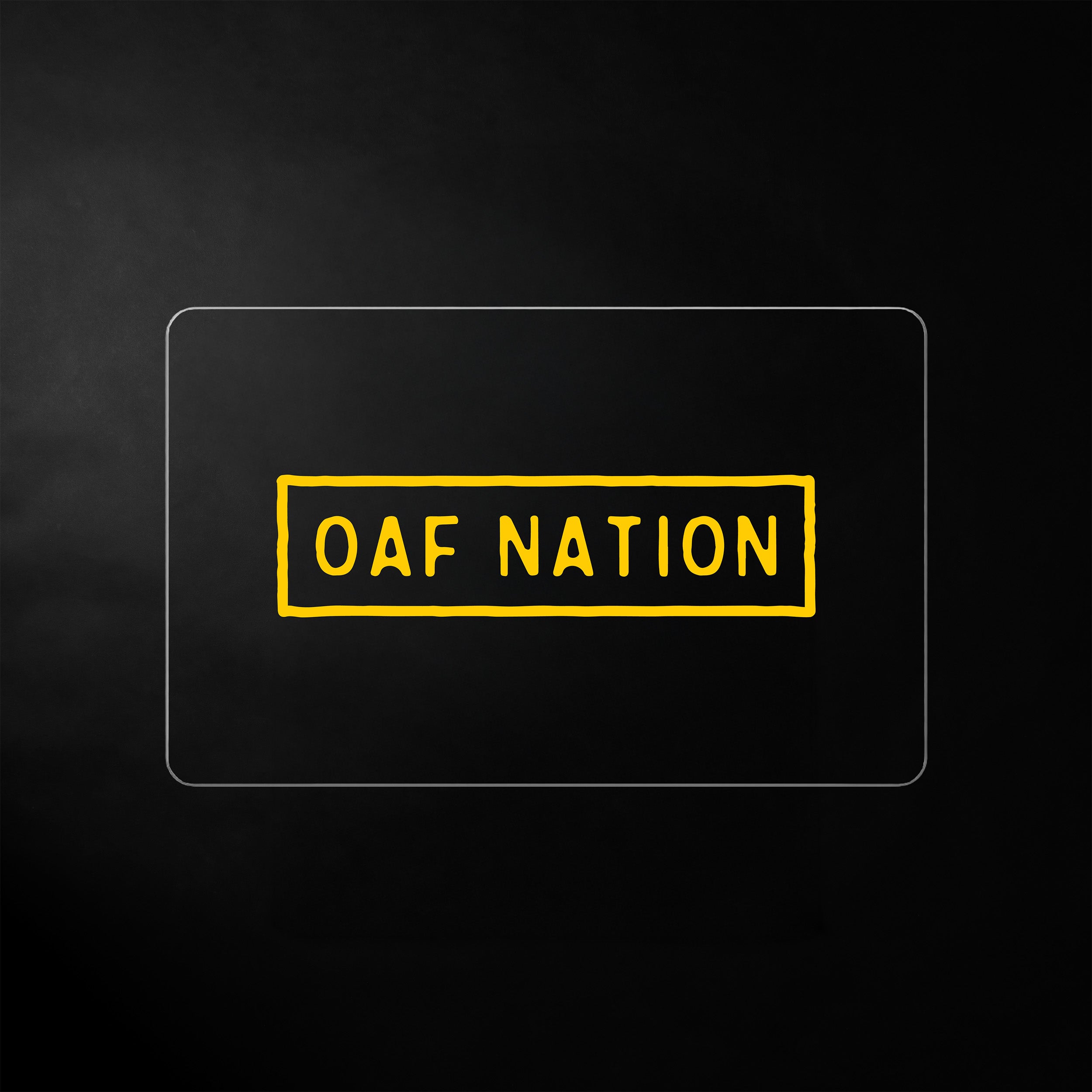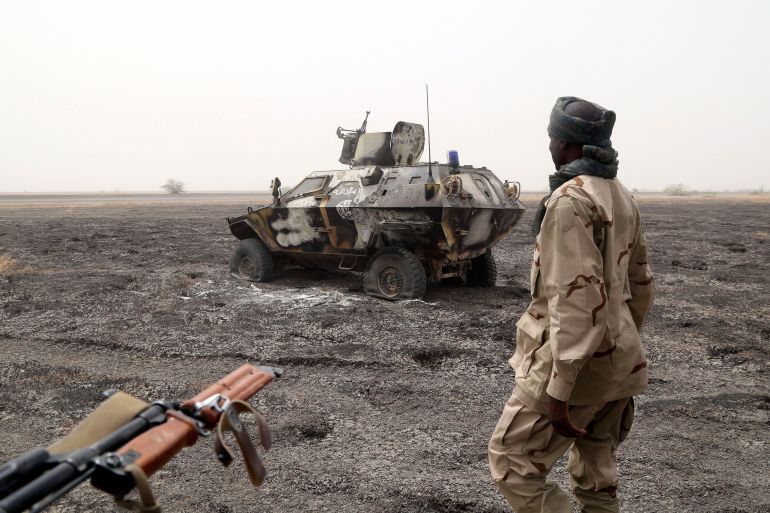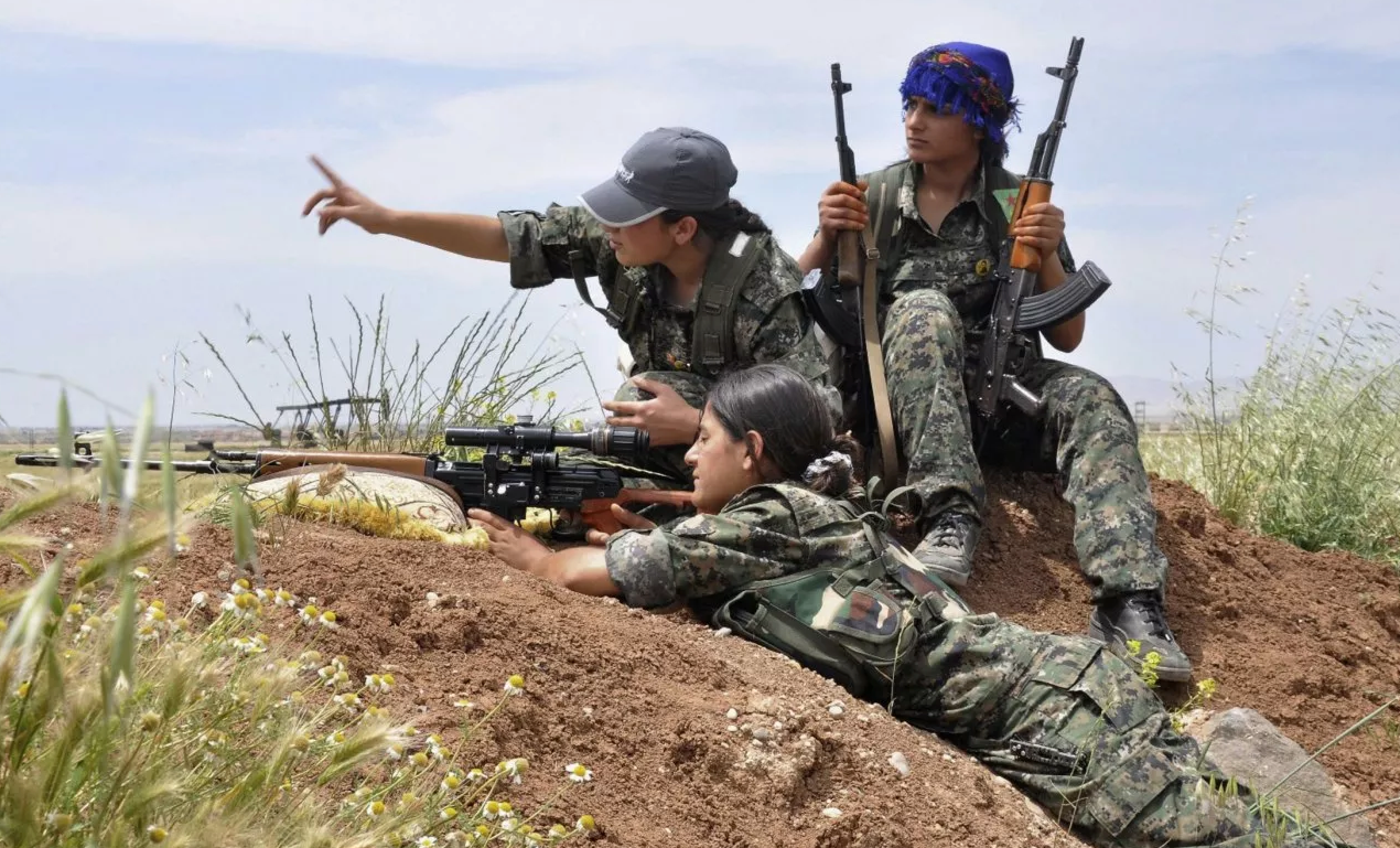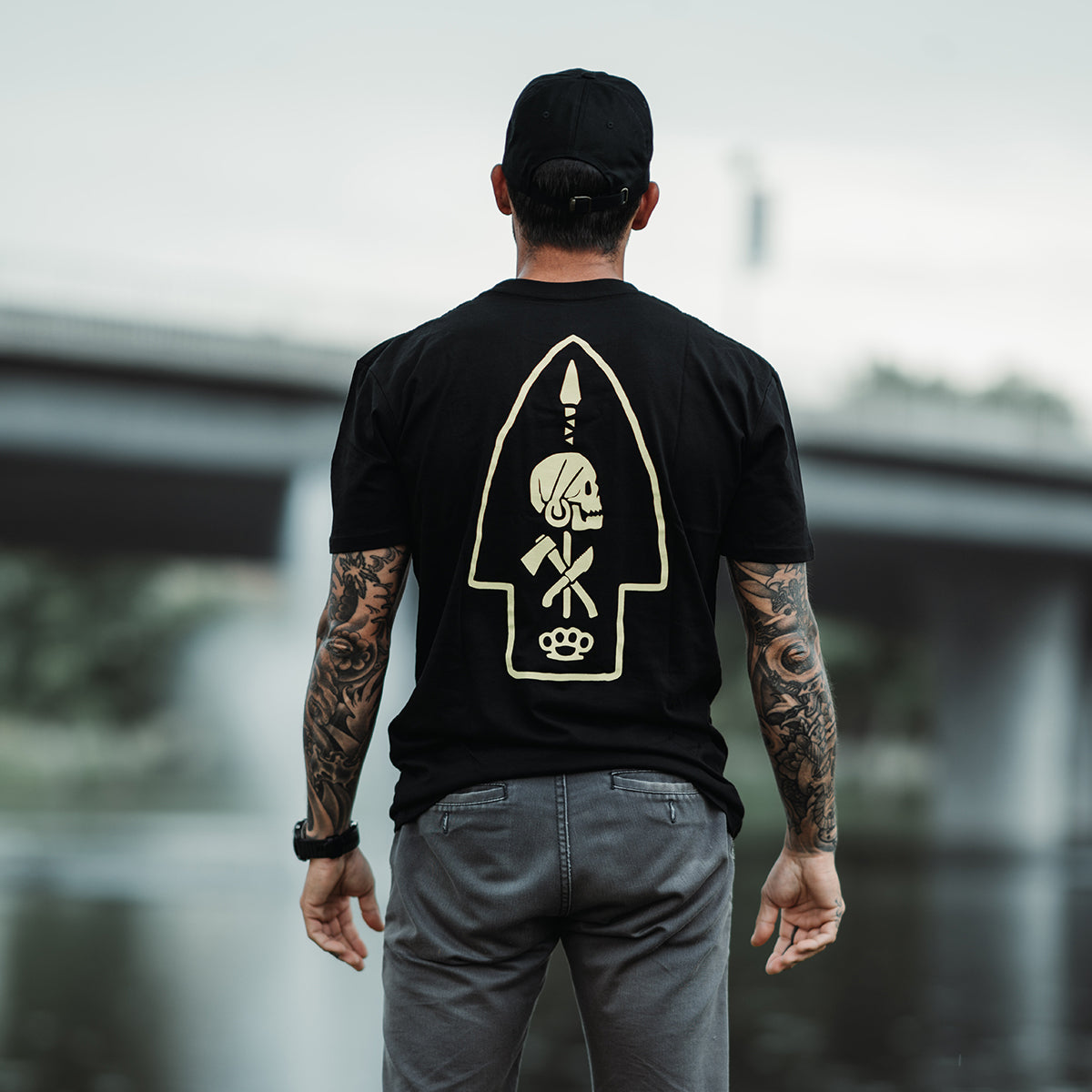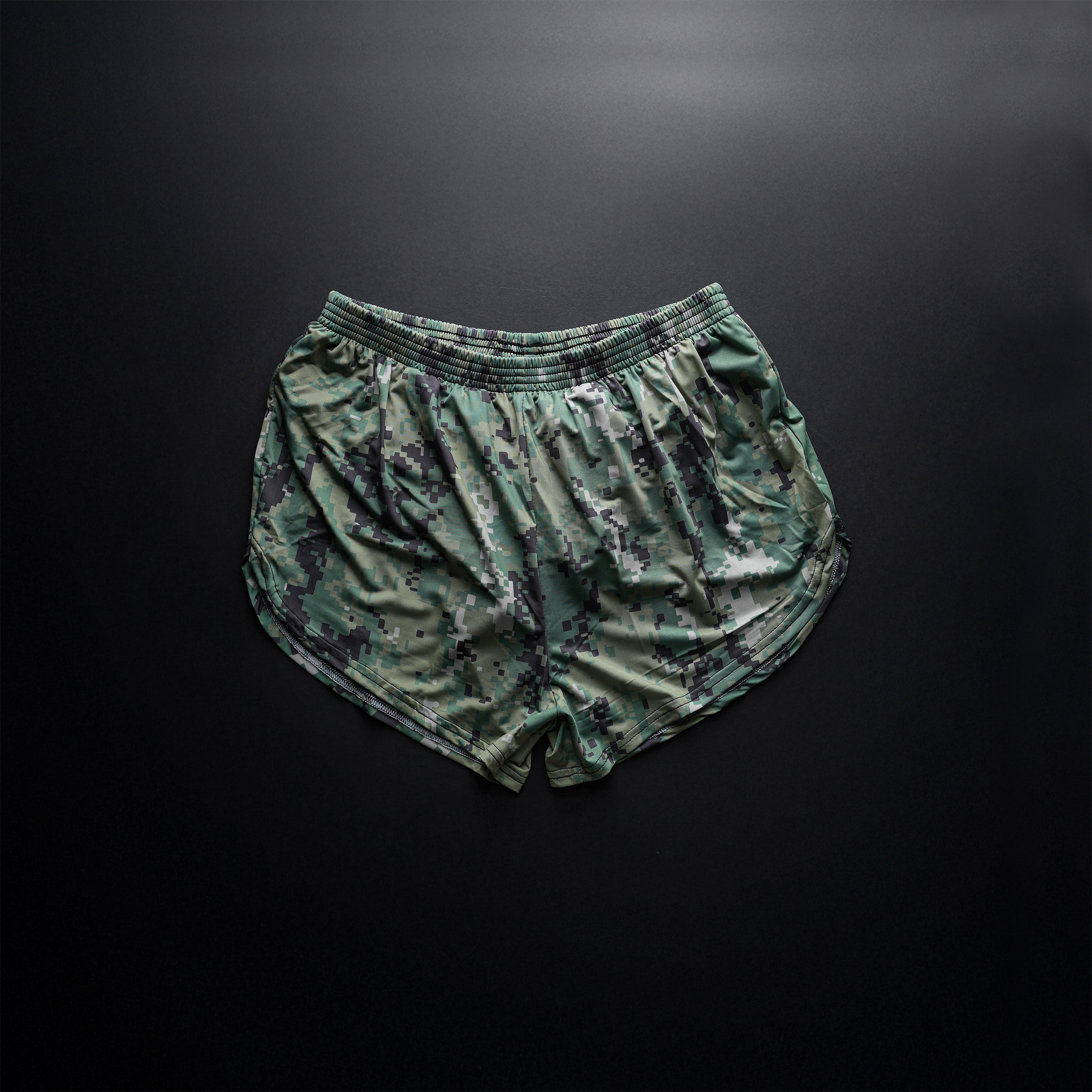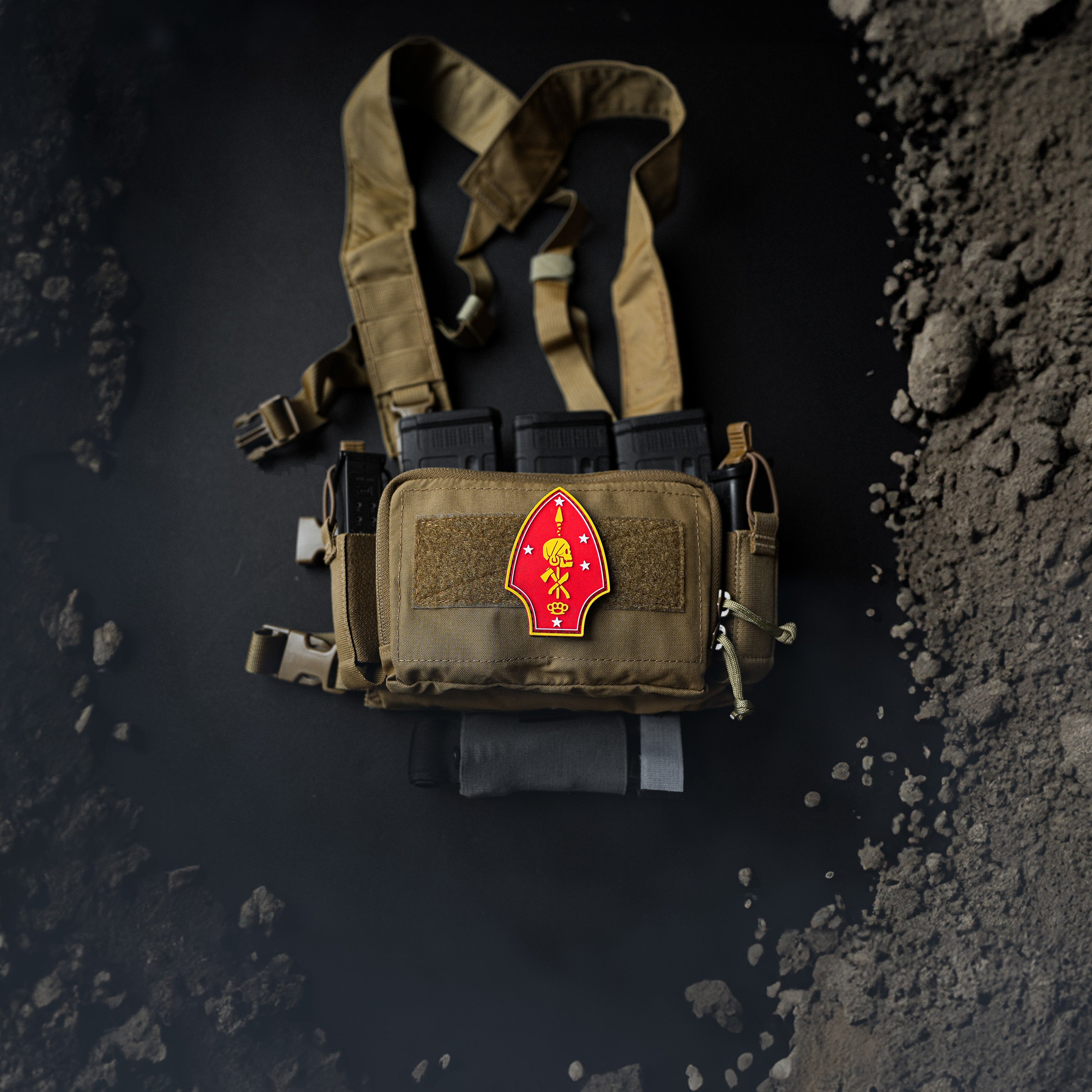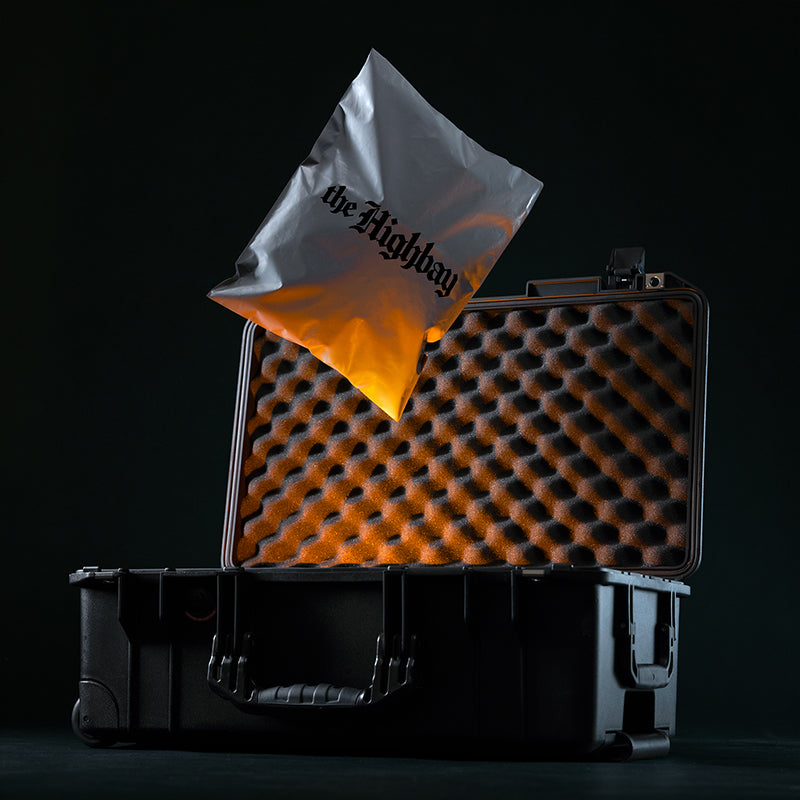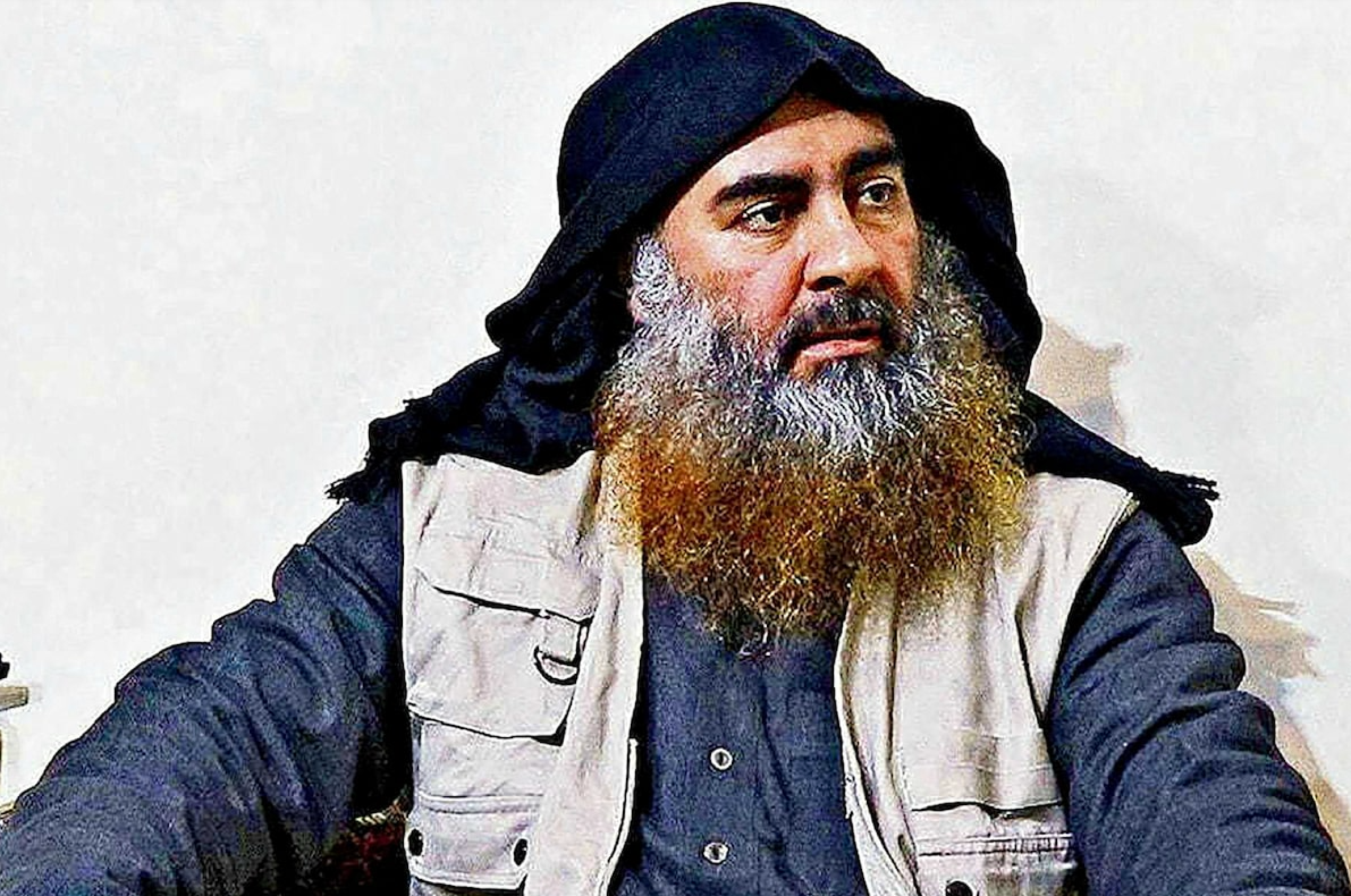
Jihad PhD, Pt. II
BY GABRIEL FANELLI
Jabhat al-Nusra’s creation was led by a Saudi born Syrian named Abu Muhammad al-Julani. His surname testifies to the Golan Heights in Syria where his family hailed, before his father fled and found asylum in Saudi Arabia. He had an agreement with al-Baghdadi to create a Syrian front for ISI to establish a cross-border territory from which to grow their caliphate. He enjoyed his autonomy and power as leader of al-Nusra, and in April 2013 refused to merge back with ISI under the new name of ISIS, the Islamic State of Iraq and Syria. Jabhat al-Nusra was now a household name to anyone following the unfolding drama in Syria, and al-Julani liked the fame. An attempt was made by AQ to resolve the issue between the two groups by Ayman al-Zawahiri to no avail.
Jabhat al-Nusra had pledged allegiance to AQ by their connection to al-Baghdadi and IS, who still fell under the AQ umbrella, but now wished to sever ties with al-Baghdadi and be rebranded as the official face of AQ in Syria; al-Zawahiri agreed. Abu Bakr al-Baghdadi flatly refused to give up control over the territory al-Nusra had gained in the two years since its formation and was willing to fight for what he claimed was ultimately under his control as emir.
The ensuing fight between the two groups was not just a battle for control of Syrian territory, but for control over the direction of the broader Islamist movement. Since the days of the Green Man, AQ has seen the rise of IS as an existential threat. In 2014, al-Zawahiri officially expelled al-Baghdadi and IS from AQ — and placed its trust in al-Nusra to carry out their mission in Syria. One city that IS retained control over was Raqqa, an oil rich city in northern Syria which sits on the northern bank of the Euphrates River. Raqqa was the first major Syrian city to fall into opposition hands when both the Free Syrian Army and al-Nusra took over in early 2013. After the dust settled in the IS-Nusra battle, Raqqa was securely in IS hands and declared it their capital in January 2014 just one month before al-Zawahiri excommunicated al-Baghdadi from the fold.
Back in Iraq, the government of prime minister Nouri al-Maliki continued implementing policies that ostracized the Sunni population, and the disaffected Sunnis saw al-Baghdadi as the father of their fight against the Shia injustice. The ranks of IS were replenished with angry Sunnis, former Ba’ath party members, and anyone keen to see the demise of the Shia. Within a month in the summer of 2014, IS had taken over Mosul, Tikrit, numerous hydroelectric dams and oil refineries, and planted the flag of the caliphate in Iraq. In July 2014, al-Baghdadi took to the minbar of the Grand Mosque in Mosul and officially declared himself Caliph of the Islamic State. He took his self aggrandizement a step further by dressing as an Abbasid Caliph in his speech. By declaring Raqqa the capital, and dressing in this manner, he was telling the world that he was the modern embodiment of the most powerful of the Abbasid Caliphs, Harun al-Rashid.
While AQ strongly believes in the “far enemy” approach to terrorism by attacking Western interests through large scale attacks on foreign soil, the Islamic State employs a “near enemy” approach and focused directly on combating the Assad regime in Syria, the Maliki and then Abadi regimes in Iraq, and the Syrian Democratic Forces (SDF) and YPG in Rojava. The AQ model is one of ideas and will do what it can to spread its ideology, which is how it measures success. The IS model is only successful if they maintain contiguous territory. To highlight the differences, AQ, via al-Nusra, had implored IS to release two Western aid workers being held hostage. They claimed they were there to ease the suffering of Muslims in Syria, and to kill them was wrong under Islamic law. Eventually, IS viciously beheaded both Allen Henning and Peter Kassig in two separate execution videos. The latter of the two even converted to Islam before he traveled to Syria. Public executions, rapes, severing of limbs and gruesome crucifixions in the middle of the city in Raqqa characterized the rule of law inside al-Baghdadi’s caliphate.
Despite al-Baghdadi’s desire to increase his territory, he welcomed various international groups’ pledges of allegiance. Nigeria’s Boko Haram, Egypt’s Ansar Bayt al-Maqdis, and groups from five other regions declared themselves IS aligned affiliates and carried out “near enemy” attacks in their respective territories. The Islamic State's large scale social media campaigns and messaging machine instigated jihadist immigration as well as motivated lone wolf attacks across the globe.
True to his moniker as the Invisible Sheikh, al-Baghdadi eluded capture and death, and between 2014 and 2019 all public messages he released were audio only. When the Kurdish SDF defeated IS in Baghuz, Syria in 2019 they declared the end to the caliphate in Syria. This caused al-Baghdadi to appear in his first video in five years, where he acknowledged the defeat, which saw 5,000 IS fighters taken prisoner, and referenced an Easter Sunday terrorist attack in Sri Lanka by an affiliated group.
The last time the world would hear from Abu Bakr al-Baghdadi was in September 2019 when he implored those fighters still loyal to the caliphate to turn their attention to freeing the imprisoned brothers held in Syria’s prison system. Estimates today are that roughly 10,000 IS detainees fill the Rojavan prison system – a ticking time bomb for the international community as every prison faces the threat of a prison break.
On October 26, 2019, U.S. Special Operations raided his compound near Idlib, Syria. His compound was surrounded, but he retreated to an underground tunnel system with three of his children. Working dogs were sent after him, and when he was cornered after making a wrong turn down a dead-end tunnel, he detonated a suicide vest, killing him and his children immediately. He preferred to take his own life than have it taken by those he hated so much. Yet, if you ask anyone who has ever suffered directly or indirectly at the hands of IS, they will not squabble over the means of his demise, so long as he stopped breathing.

